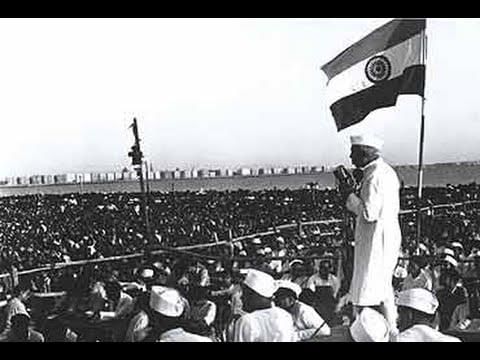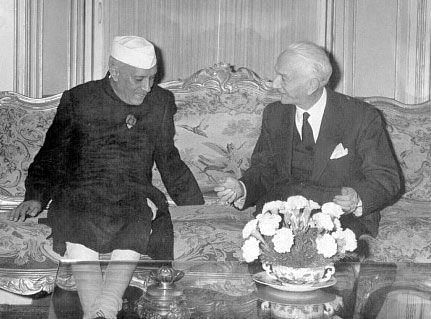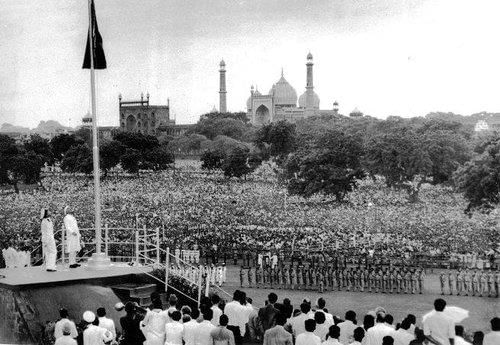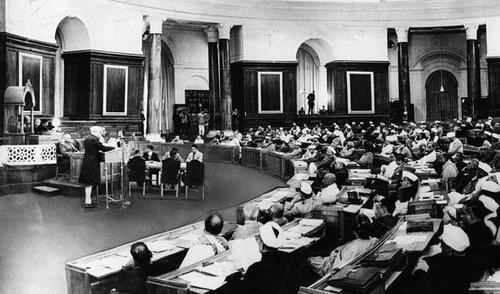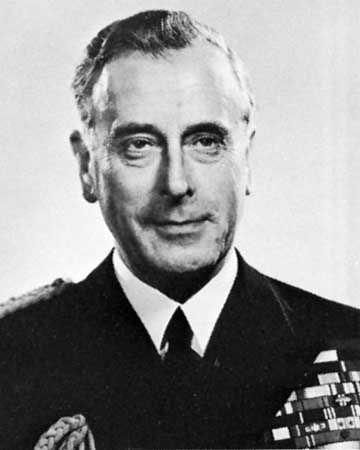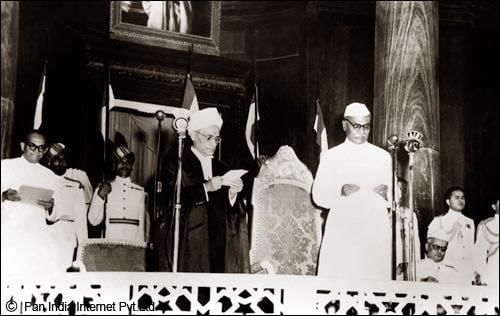|
Card: 5 / 38 |
True or False: Jawaharlal Nehru was assisted by 10 other members during his initial tenure as Prime Minister. |
|
Card: 9 / 38 |
Fill in the blanks: The Constituent Assembly of India met at ___ on August 14, 1947, and was presided over by ___. |
|
Card: 13 / 38 |
Fill in the blank: India became a republic on ___ when Rajendra Prasad was elected as its first president. |
|
Card: 16 / 38 |
Framing a Constitution is significant as it establishes the fundamental laws, rights, and responsibilities that govern the country and its citizens. |
|
Card: 18 / 38 |
Elections allow citizens to choose their representatives, ensuring that the government is accountable to the people and upholding democratic principles. |
|
Card: 20 / 38 |
Poverty alleviation aims to reduce and eliminate poverty by providing access to jobs, education, healthcare, and other essential support for those in financial distress. 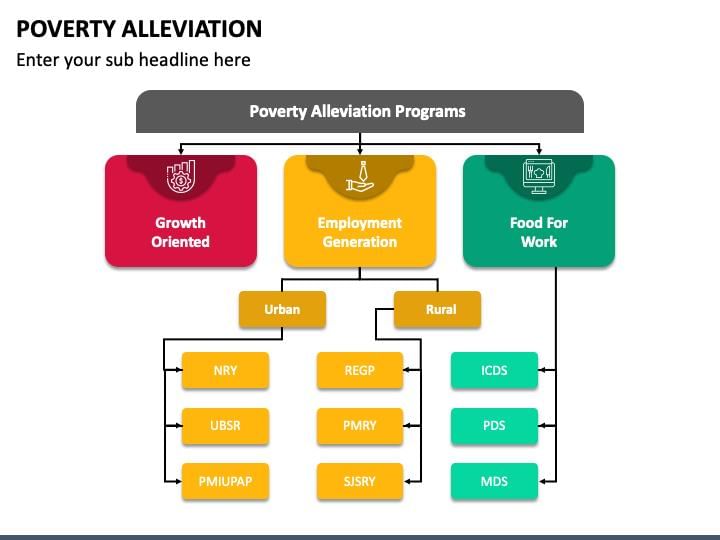 |
|
Card: 21 / 38 |
West Punjab, which went to Pakistan, had a population of ___ million people, with ___ million being Muslims according to the 1941 census. |
|
Card: 23 / 38 |
True or False: The Boundary Commission faced no major challenges due to its knowledgeable members. |
|
Card: 24 / 38 |
False. The Boundary Commission faced significant challenges, including Sir Cyril Radcliffe's limited knowledge of India and tight time constraints.  |
|
Card: 25 / 38 |
True or False: Armed groups of Sikhs and Muslims committed crimes solely in urban areas during the communal riots. |
|
Card: 26 / 38 |
False. They committed severe crimes in both cities and countryside, leading to widespread violence on both sides. 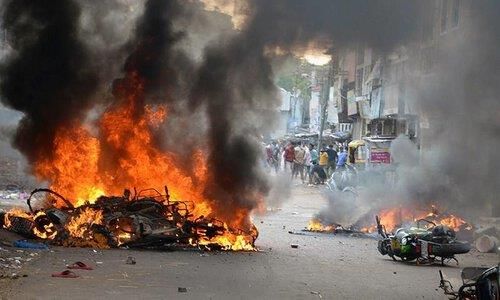 |
|
Card: 27 / 38 |
The division of civil government after partition was managed by a council presided over by the ___ and consisting of representatives from both India and Pakistan. |
|
Card: 29 / 38 |
How many people were estimated to have died in the communal riots following partition? |
|
Card: 31 / 38 |
Fill in the blank: The British troops left India on ___ and the process of division was completed by ___ 1948. |
|
Card: 35 / 38 |
True or False: Nathuram Godse was motivated to assassinate Gandhi due to his perceived favoritism towards Hindus. |
|
Card: 36 / 38 |
False; Godse cited Gandhi's perceived favoritism towards Muslims as his motivation. |




